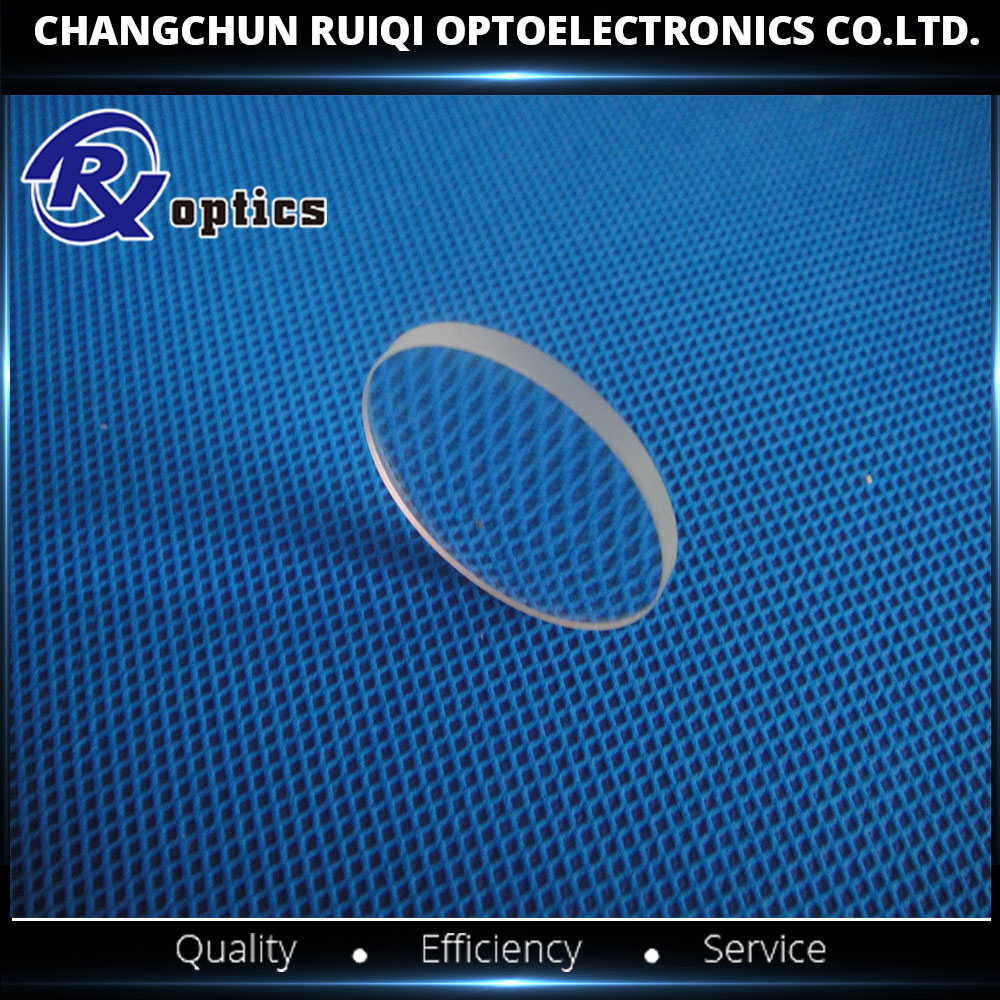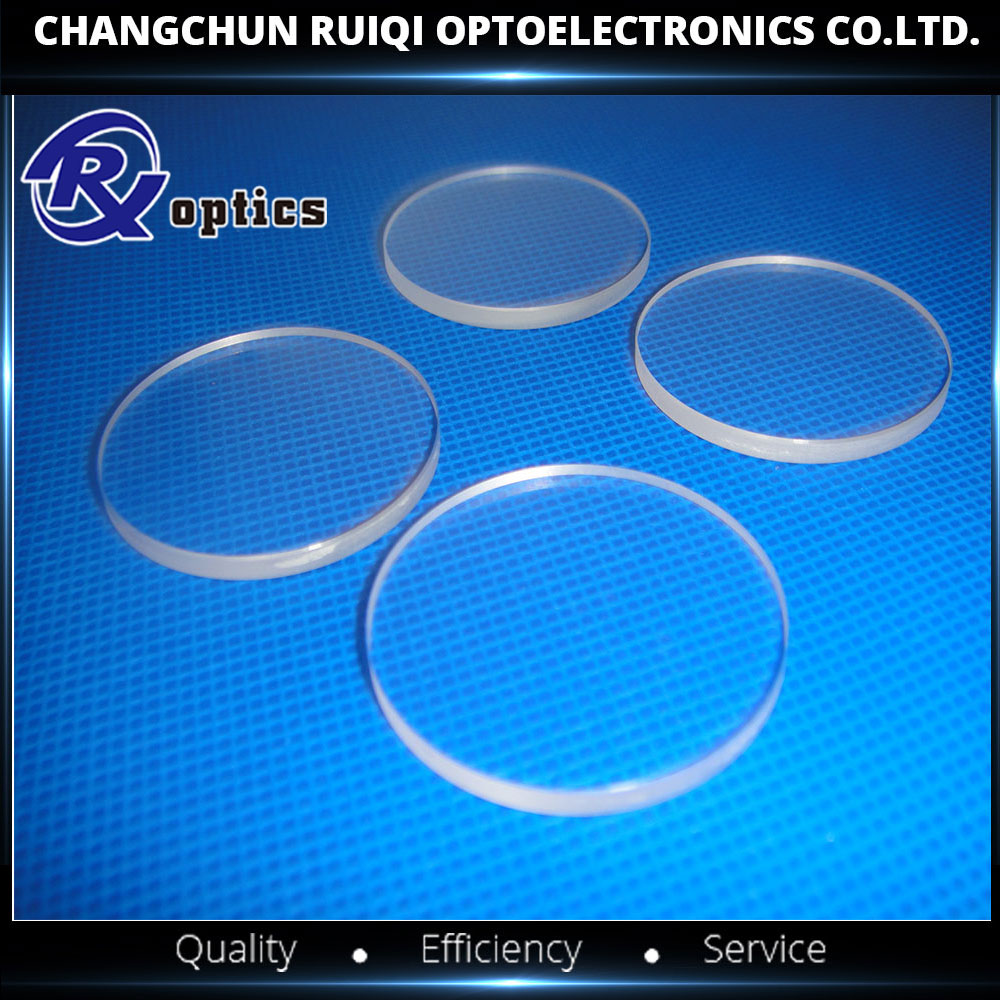Southeast University finds that new materials are expected to be used to charge mobile phones with clothes
On July 22, researchers from the Center for Ordered Matter Science at Southeast University displayed microscopic images of new molecular piezoelectric films on a computer. On the same day, the reporter learned from the Center for Ordered Matter Science Research of Southeast University that a new class of molecular piezoelectric materials discovered by the team’s research led by the center had reached the level of traditional piezoelectric materials for the first time in piezoelectric performance. It is expected that the electronic products can be further reduced in size, and clothes that can be charged by bending clothes can be used. Piezoelectric materials can generate electricity when they are squeezed or stretched. Such materials can not only directly convert electric power into driving force like a motor, but also generate electricity by using sound waves and ultrasonic waves, such as on medical B-type probes. Piezoelectric materials are used. With the advancement of technology, the size of various electronic components is shrinking. It is hoped that all functions of previous mobile phones and notebook computers can be realized on a thin layer of bendable film. At this time, various limitations of traditional piezoelectric materials are gradually exposed. For example, piezoelectric ceramics require thousands of degrees of high temperature, and most precision electronic devices and flexible thin films cannot tolerate such temperatures. In order to supplement the problems existing in the application of traditional piezoelectric ceramics, researchers have been trying hard to improve the piezoelectric properties of molecular materials for nearly 100 years, hoping to use molecular materials to complement the short plates of piezoelectric ceramics, but with little success. Researchers at Southeast University have brought to light the century-old challenges of solving the piezoelectricity of molecular materials. They have broken through the traditional synthesis ideas and set new avenues. They have innovatively started by increasing the number of iron electrode shafts, and have used huge symmetries before and after phase transformation. Changes, found a class of molecular ferroelectric materials with excellent piezoelectric properties. This new type of molecular ferroelectric material not only inherited the advantages of molecular materials, but also reached the level of traditional piezoelectric ceramics for the first time in piezoelectric performance. Although the research still exists only in the laboratory, with the development and advancement of new molecular ferroelectrics, the production of practical flexible thin-film piezoelectric elements is no longer an unattainable dream. In the future, this kind of molecular ferroelectric material with excellent piezoelectric properties will further reduce the size of computer chips, enable folding of curved heart rate meters and B-mode ultrasound machines like paper, and make it possible to use mobile phones for clothing bending. Charging. At the same time, with the good biocompatibility of molecular materials, people will make safer medical implant devices. In addition, molecular piezoelectric materials have important application prospects in the fields of sensors, human-computer interaction technologies, micro-electromechanical systems, and nano-robots. The publication of this achievement not only solved the century's problems that restricted the development of molecular materials in the past 130 years, but also brought new ideas and directions for materials research. It also marked that China has once again taken the lead in the field of molecular materials in the world. Magnesium Fluoride (MgF2) Windows offer excellent broadband transmission from the deep-UV to the mid-infrared.
MgF2 is a rugged material resistant to chemical etching, laser damage, and mechanical and thermal shock.
MgF2 exhibits excellent broadband transmission from 120 nm to 8 μm , from the deep UV to the mid infrared. This makes them a good choice for UV radiation sources and receivers as well as for use at the Hydrogen Lyman-alpha line. They are often used as UV viewpoints, and are a good option for UV polarizers and excimer laser applications. It has a high transmittance between 120 nm and 8 µm, and between 0.4-5.0 µm transmits over 90%.
Mgf2 Window,Crystal Mgf2 Lens,Mgf2 cylindrica lens Changchun Ruiqi Optoelectronics Co.,Ltd , https://www.ruiqi-optics.com
MgF2 has a melting point of 1255 degrees Celsius. It has a density of 3.177 g/cm3, and a tetragonal crystal type. Our optical windows are typically oriented with the round surfaces perpendicular to the c-axis of the MgF2 crystal to minimize birefringence. Custom random cut MgF2 windows can be manufactured on request.
MgF2 is the only optical material which combines a wide spectral transmission band with birefringence. This birefringence means that the refractive index depends on the polarization and propagation direction of light. Because of birefringence, a MgF2 window can exhibit double refraction, so that a ray of light will be split by polarization into two rays with different paths.

